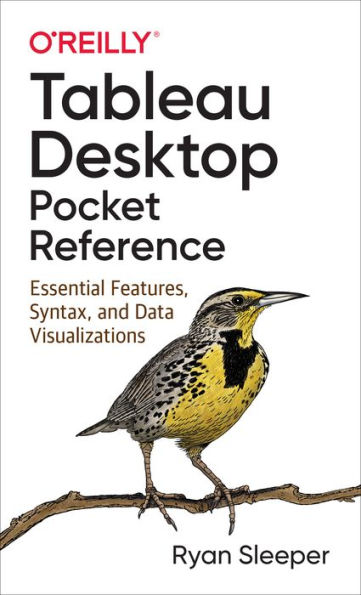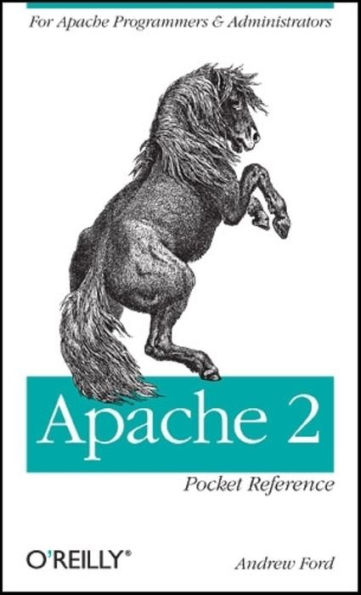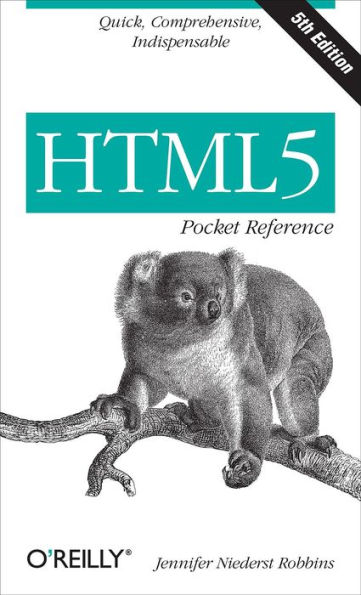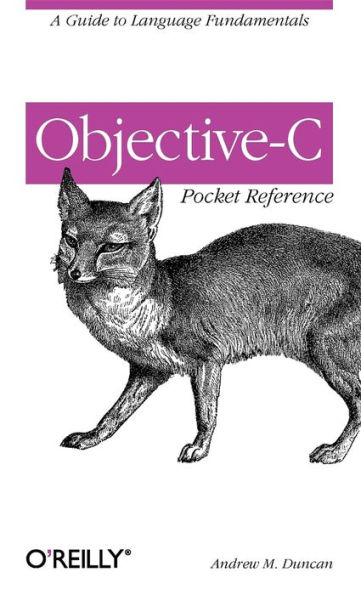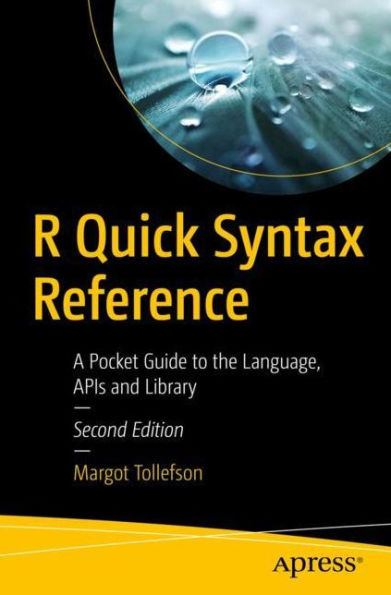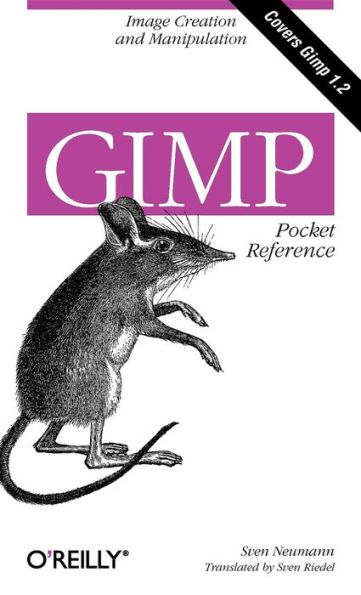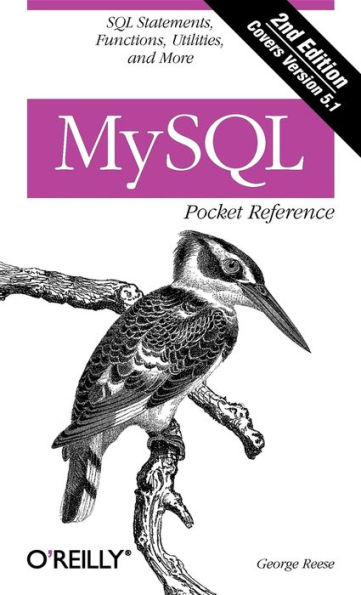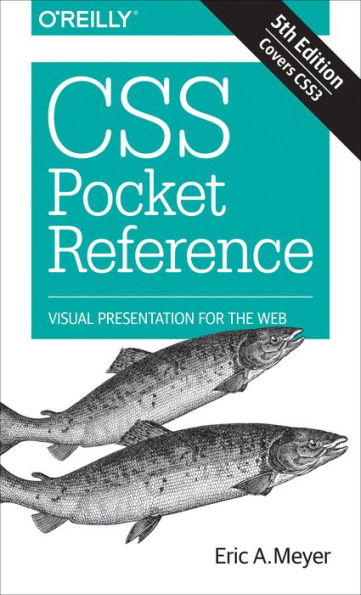Home
Oracle RMAN Pocket Reference: Syntax and Procedures
Barnes and Noble
Oracle RMAN Pocket Reference: Syntax and Procedures
Current price: $9.95


Barnes and Noble
Oracle RMAN Pocket Reference: Syntax and Procedures
Current price: $9.95
Size: Paperback
Loading Inventory...
*Product information may vary - to confirm product availability, pricing, shipping and return information please contact Barnes and Noble
Oracle RMAN Pocket Reference
is a handy guide for DBAs who intend to use Oracle Recovery Manager for database backup and recovery. Because Recovery Manager (RMAN) is a relatively new tool, many DBAs are just becoming familiar with it. They will welcome a timely book that explains clearly and concisely how to use RMAN for common backup and recovery tasks that are infrequent, yet extremely vital.
The first portion of the book is primarily task-oriented. After a short section on RMAN architecture, the book shows (in checklist style) how to perform common backup and recovery tasks such as:
Implementing a recovery catalog
Creating and running RMAN scripts
Configuring input/output channels
Taking a full database backup
Backing up tablespaces and datafiles
Taking incremental backups
Recovering lost datafiles
The second portion of the book consists of a handy syntax reference to the many RMAN commands. Having a quick reference to RMAN commands is a great convenience to DBAs who otherwise, often under the pressure of a recovery situation, would have to wade through Oracle's online documentation.
is a handy guide for DBAs who intend to use Oracle Recovery Manager for database backup and recovery. Because Recovery Manager (RMAN) is a relatively new tool, many DBAs are just becoming familiar with it. They will welcome a timely book that explains clearly and concisely how to use RMAN for common backup and recovery tasks that are infrequent, yet extremely vital.
The first portion of the book is primarily task-oriented. After a short section on RMAN architecture, the book shows (in checklist style) how to perform common backup and recovery tasks such as:
Implementing a recovery catalog
Creating and running RMAN scripts
Configuring input/output channels
Taking a full database backup
Backing up tablespaces and datafiles
Taking incremental backups
Recovering lost datafiles
The second portion of the book consists of a handy syntax reference to the many RMAN commands. Having a quick reference to RMAN commands is a great convenience to DBAs who otherwise, often under the pressure of a recovery situation, would have to wade through Oracle's online documentation.
